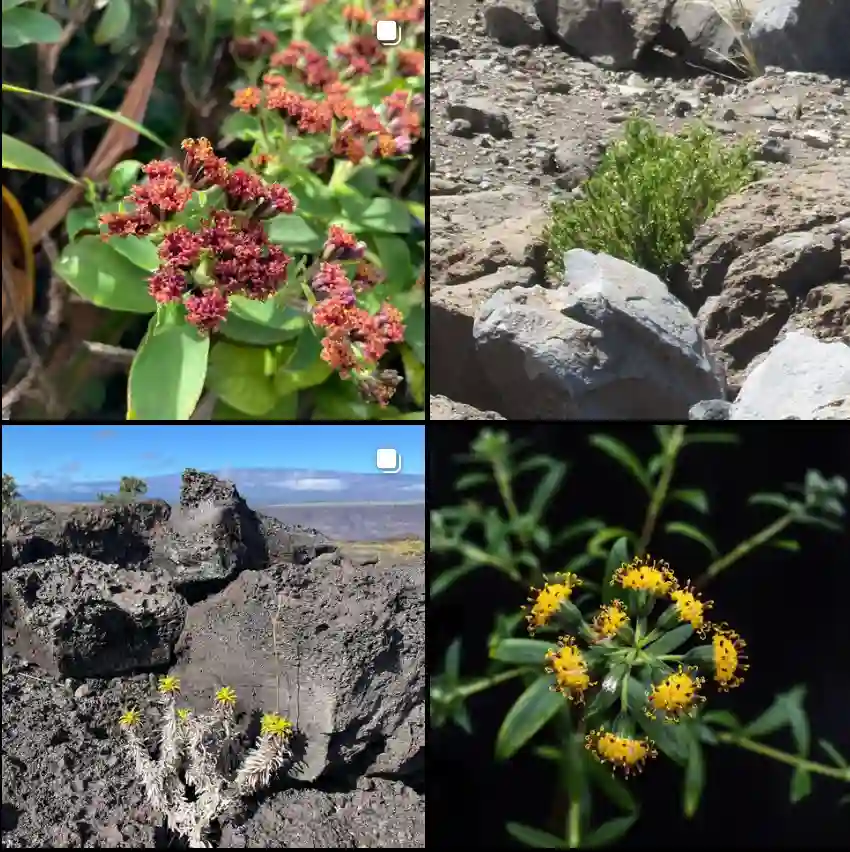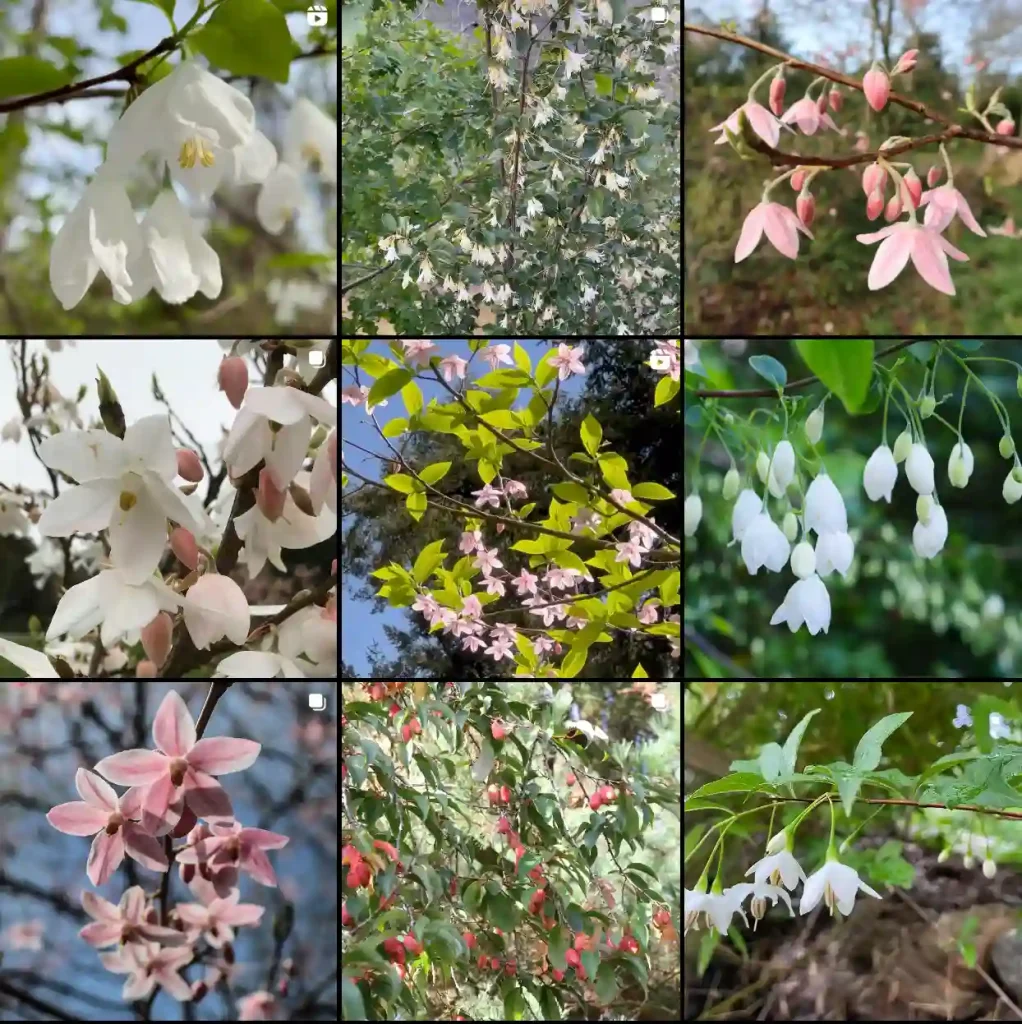What Is Wolffia Globosa?
Wolffia Globosa, also known as the “watermeal” or “duckweed,” is the smallest flowering plant in the world. It’s a tiny aquatic plant that floats on the surface of still or slow-moving water bodies. Its minuscule size—typically only about 0.6 to 1.0 millimeters across—makes it almost invisible without close inspection. Despite its size, Wolffia Globosa plays a significant role in its ecosystem by providing food and habitat for small aquatic organisms.
11 Species in Genus Wolffia
How to Grow Wolffia Globosa?
Growing Wolffia Globosa can be both fascinating and rewarding. Here’s a step-by-step guide based on my experiences:
- Choose the Right Environment: Wolffia Globosa thrives in still or slow-moving water. It’s ideal for ponds, water gardens, and aquariums. The water should be warm (between 25-30°C or 77-86°F) and have a neutral to slightly acidic pH.
- Provide Adequate Light: These plants need bright light to grow well, though direct sunlight is not necessary. In aquariums, using a standard aquarium light will suffice.
- Ensure Nutrient-Rich Water: Wolffia Globosa can grow in nutrient-poor conditions, but it does better in water with a moderate level of nutrients. Avoid using chemical fertilizers; instead, let natural decomposition or organic supplements enrich the water.
- Maintain Water Quality: Regularly change a portion of the water to prevent algae overgrowth and to keep the environment clean. Use dechlorinated water if you’re topping off the pond or aquarium.
How to Care for Wolffia Globosa?
Caring for Wolffia Globosa is relatively simple. Here’s what you need to know:
- Temperature and Light: Maintain the water temperature within the recommended range and provide adequate light. While it can tolerate low light, growth might be slower.
- Water Quality: Keep an eye on water quality to prevent the accumulation of waste products. Wolffia Globosa can help filter water by absorbing nutrients, but it still needs clean conditions to thrive.
- Avoid Overcrowding: This plant reproduces quickly, so it’s essential to prevent overcrowding. Regularly remove excess plants to ensure they have enough space to grow.
How to Propagate Wolffia Globosa?
Propagation of Wolffia Globosa is a natural and straightforward process. The plant reproduces asexually through budding. Each individual plant forms a new bud, which eventually detaches and becomes a new plant. Ensure that the growing conditions are favorable to support rapid propagation.
What to Plant With Wolffia Globosa?
Wolffia Globosa works well with other aquatic plants that share similar care requirements. Consider planting it alongside:
- Water Lilies: Their floating leaves provide shade, which can help manage algae growth.
- Duckweed (Lemna minor): Another small aquatic plant that complements Wolffia Globosa in creating a balanced aquatic environment.
Can You Grow Wolffia Globosa Indoors?
Yes, you can grow Wolffia Globosa indoors, particularly in aquariums or water features. Ensure that the indoor environment replicates its natural habitat as closely as possible, with appropriate lighting and water conditions.
Is Wolffia Globosa Toxic?
Wolffia Globosa is non-toxic and safe for pets and humans. It’s not known to cause any adverse effects, making it a suitable choice for home water features.
Benefits of Wolffia Globosa
- Water Purification: It helps improve water quality by absorbing excess nutrients and contaminants.
- Habitat for Aquatic Life: Provides shelter and food for small aquatic organisms.
- Fast Growth: Its rapid growth rate makes it an effective tool for controlling algae and enhancing the ecological balance of water bodies.
Common Problems with Wolffia Globosa
- Algae Overgrowth: If not monitored, excess nutrients in the water can lead to algae blooms that compete with Wolffia Globosa.
- Temperature Fluctuations: Sudden changes in water temperature can stress the plants, affecting their growth.
Wolffia Globosa vs. Wolffia Arrhiza
Wolffia Globosa and Wolffia Arrhiza are closely related but have distinct differences:
- Size: Wolffia Globosa is slightly larger than Wolffia Arrhiza.
- Shape: Wolffia Arrhiza has a more rounded shape, while Wolffia Globosa tends to be more variable.
- Growth Patterns: Both plants have similar growth habits, but Wolffia Arrhiza can sometimes be more sensitive to environmental changes.
Where to Buy Wolffia Globosa?
Wolffia Globosa can be purchased from various sources:
- Specialty Aquatic Plant Stores: They often have a range of aquatic plants, including Wolffia Globosa.
- Online Retailers: Websites specializing in aquarium and pond plants usually stock Wolffia Globosa.
- Local Garden Centers: Some garden centers with a focus on water gardening may offer this plant.
In summary, Wolffia Globosa is a remarkable aquatic plant with numerous benefits and relatively easy care requirements. Whether you’re enhancing your pond, aquarium, or simply exploring aquatic gardening, this tiny plant is a fascinating choice that adds value and interest to any water feature.
If i die, water my plants!



